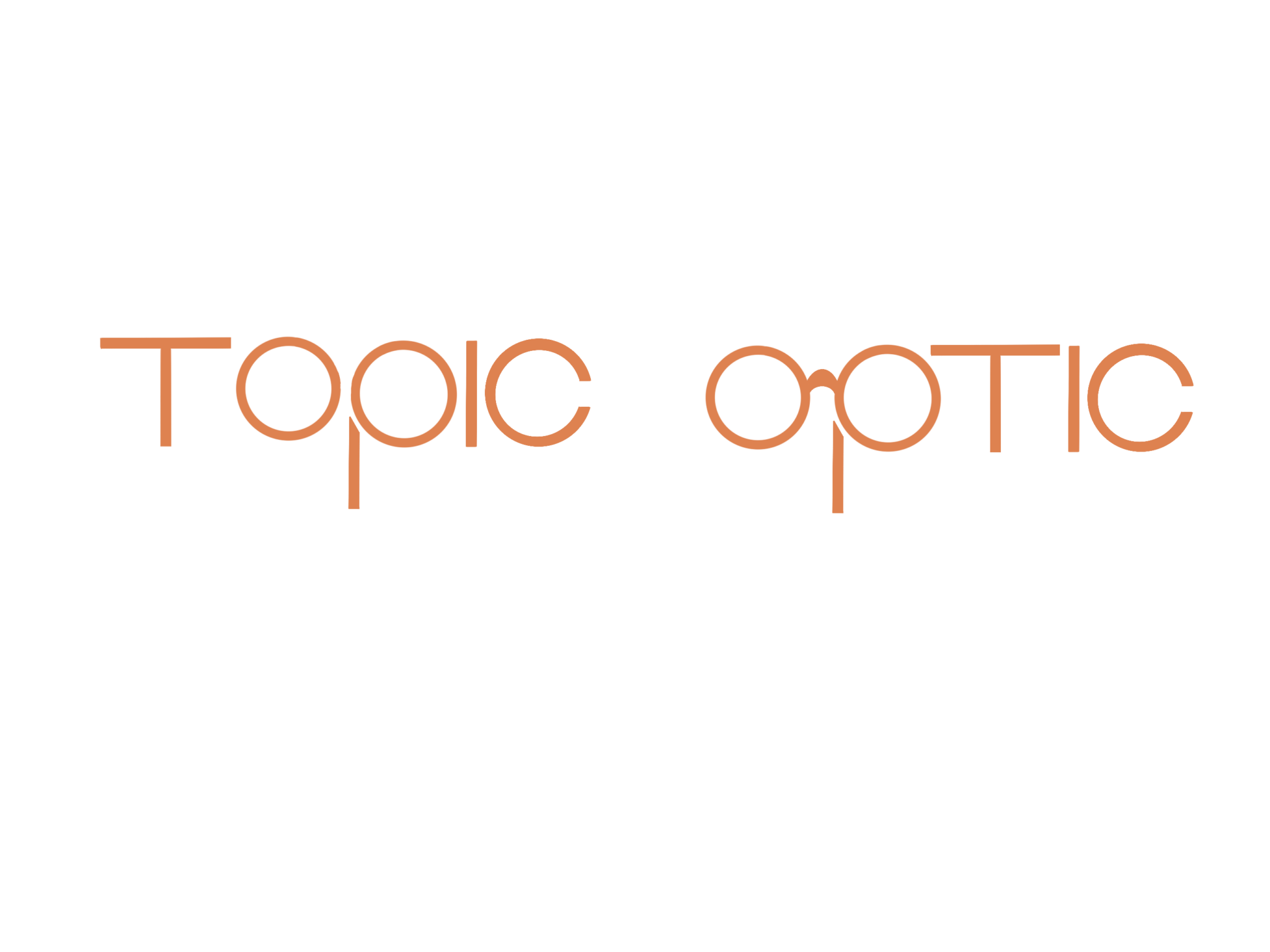Refractive Lens Exchange: An Alternative to LASIK
Summary
Introduction Refractive Lens Exchange (RLE) has emerged as a notable alternative to LASIK in the realm of vision correction, especially for certain age groups and prescriptions. This article explores the procedure, its comparison with LASIK, and its potential benefits and risks.
What is Refractive Lens Exchange? RLE is a surgical procedure that involves replacing the eye’s natural lens with an artificial one, typically to correct refractive errors. This is similar to cataract surgery but is performed primarily for refractive purposes rather than cataract removal.
RLE vs. LASIK: Key Differences While LASIK involves reshaping the cornea to correct vision, RLE replaces the natural lens of the eye. The choice between the two depends on various factors, including the patient’s age, the health of the eye, and the type and severity of the refractive error.
Who Can Benefit from RLE? RLE is often more suitable for individuals over 40, especially those experiencing presbyopia – the age-related decline in near vision. It’s also a viable option for those with high prescriptions or thin corneas, for whom LASIK might not be ideal.
Advantages of RLE One of the significant benefits of RLE is its ability to correct a wide range of vision problems, including presbyopia. Additionally, since the procedure removes the natural lens, it eliminates the possibility of developing cataracts in that lens in the future.
Potential Risks and Complications As with any surgery, RLE carries risks such as retinal detachment, infection, and visual aberrations like halos or glare. The article would detail these potential complications and the importance of thorough pre-operative assessment.
Patient Experiences and Outcomes Incorporating patient testimonials provides real-life insights into the effectiveness and recovery process of RLE, giving prospective patients a clearer idea of what to expect.
Expert Opinions The article would feature perspectives from ophthalmologists and eye surgeons on the effectiveness and safety of RLE, including how it compares to other vision correction surgeries.
Conclusion Refractive Lens Exchange offers an alternative to traditional vision correction methods like LASIK, particularly for certain patient demographics. Understanding the procedure, its benefits, and risks, as well as who is a good candidate, can help individuals make informed decisions about their vision correction options.
Learn More
- “Refractive Lens Exchange versus LASIK: Clinical Outcomes and Patient Satisfaction” – Journal of Refractive Surgery.
- “Evaluating Suitability for Refractive Lens Exchange: A Comprehensive Review” – American Journal of Ophthalmology.
- “Long-term Outcomes and Complications of Refractive Lens Exchange” – Clinical Ophthalmology.
- “Patient Perspectives on Refractive Lens Exchange: Case Studies and Testimonials” – Eye and Vision.
Privacy Screens & Vision Health
Privacy Screens & Eye Health March 8th, 2021 2-3 minute read Vision Health By: Ala Nilforooshan Summary In today’s digital age, concerns about the impact
Blue Light and Sleep: How Screen Time Affects Sleep Quality
Blue Light and Sleep: How Screen Time Affects Your Sleep Quality January 3rd, 2020 2-3 minute read Eye Care By: Ala Nilforooshan Summary In an
Vision and Mental Health: Exploring the Connection
Vision and Mental Health: Exploring the Connection January 3rd, 2020 2-3 minute read Vision Health By: Ala Nilforooshan Summary In recent years, the link between
